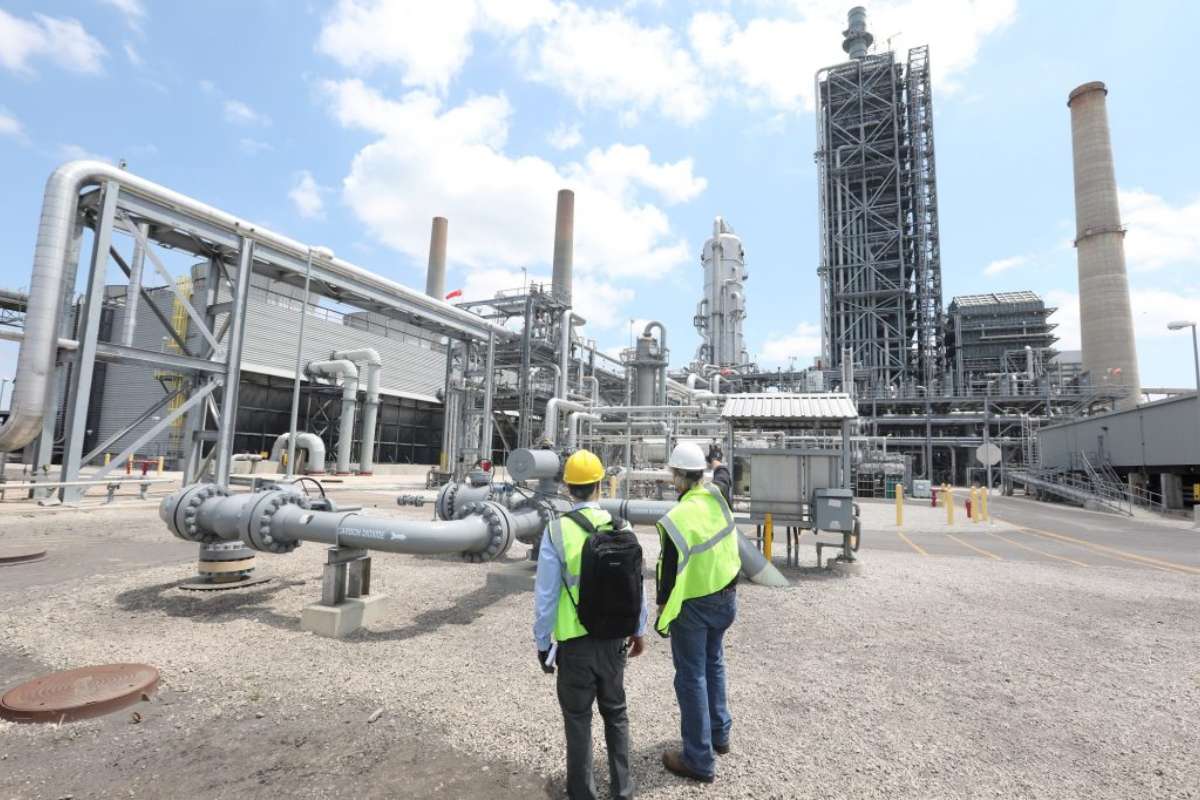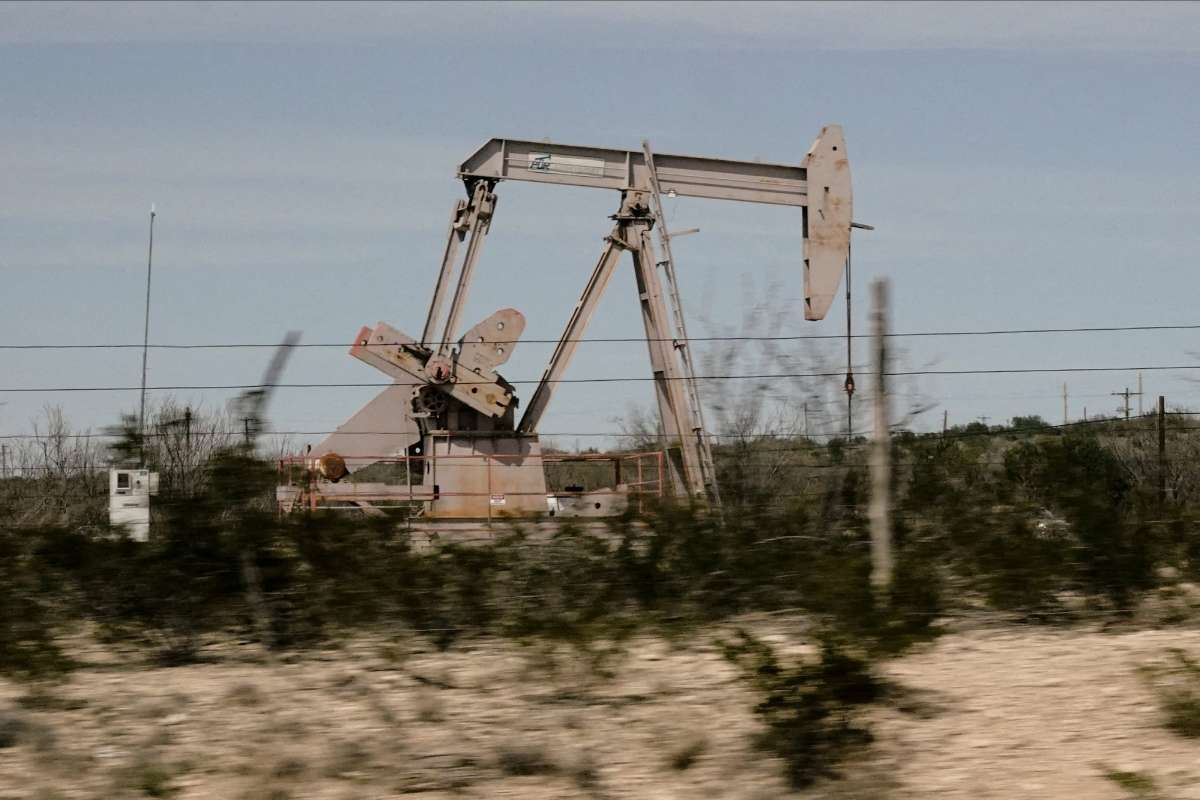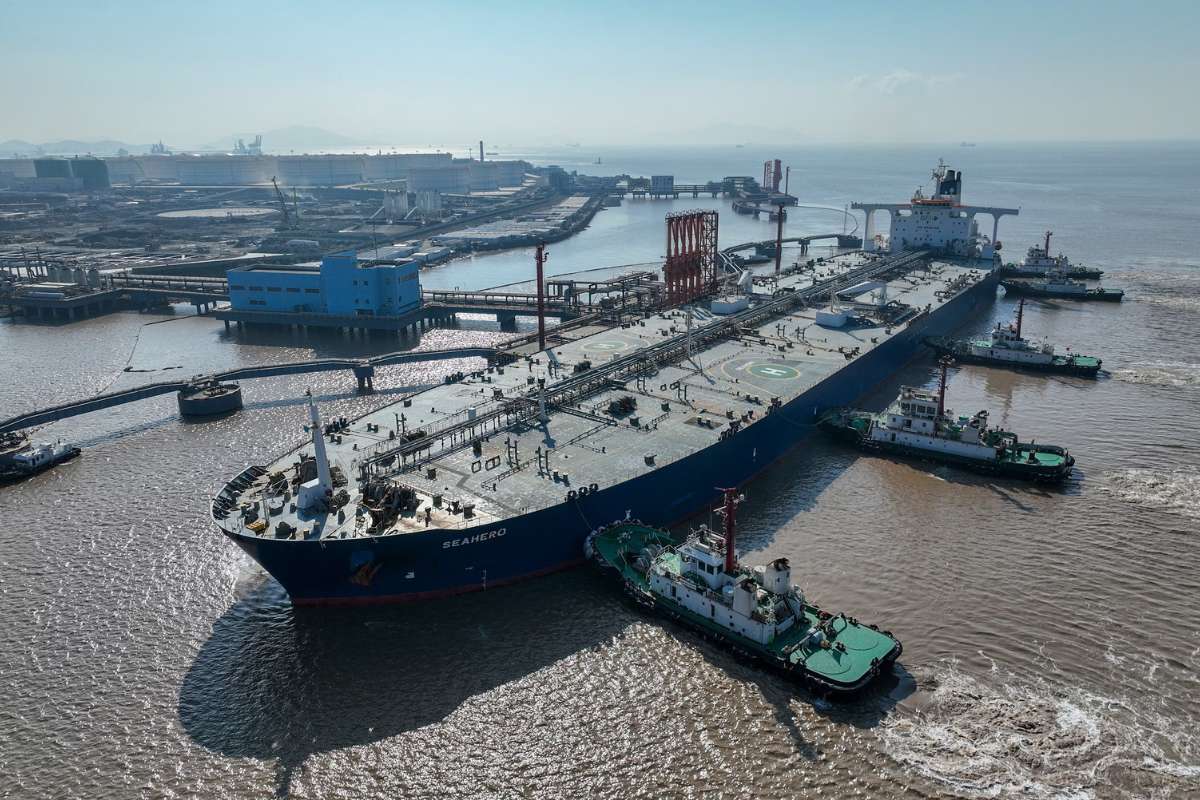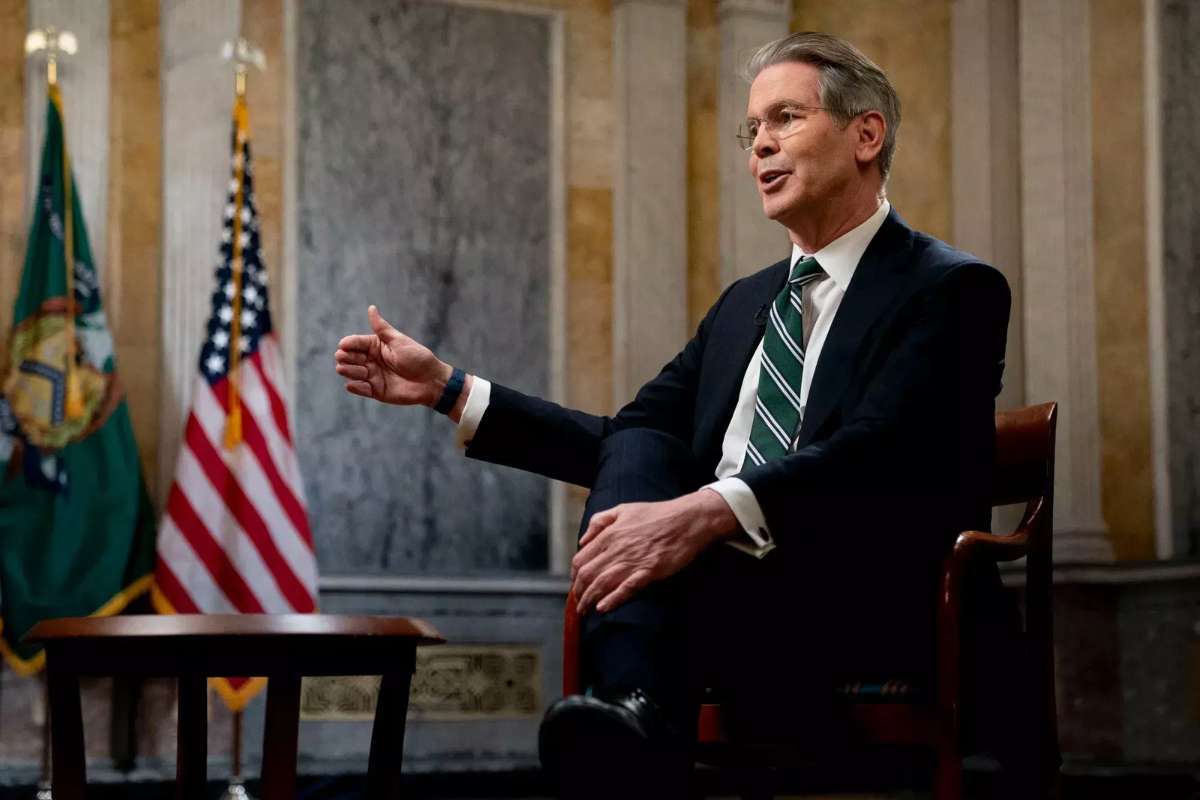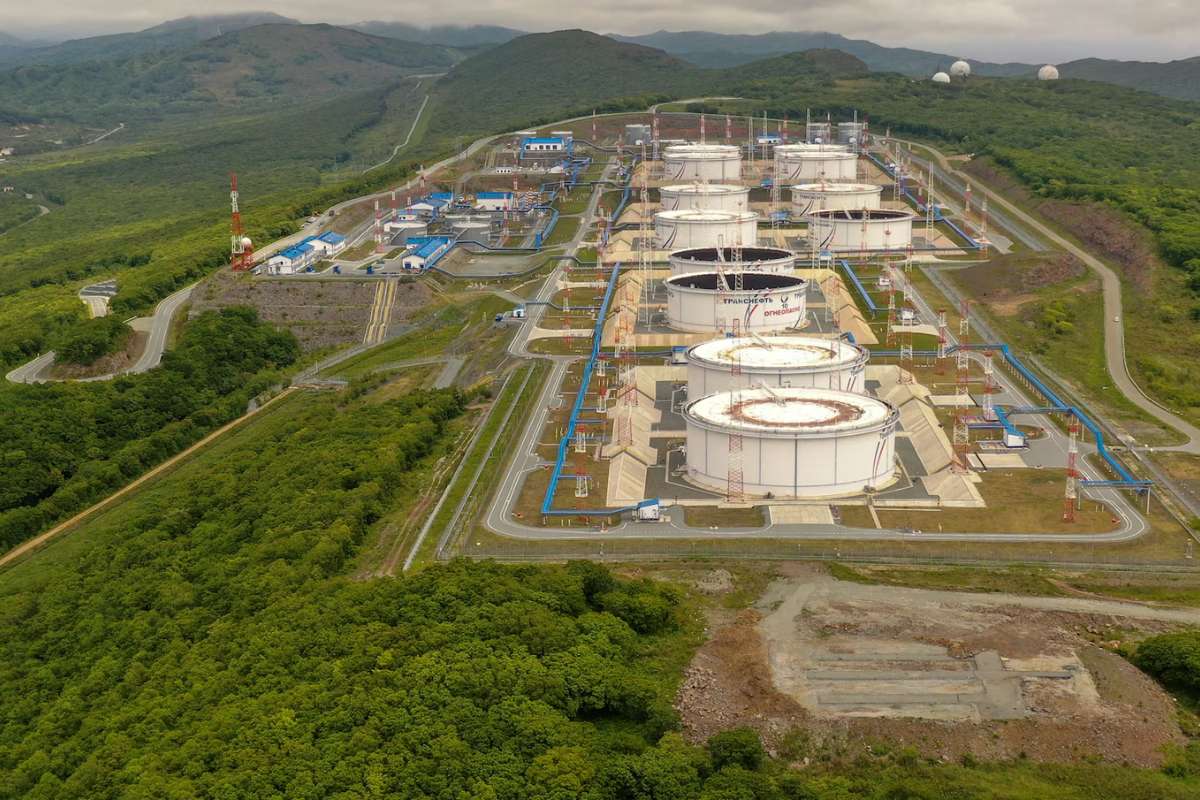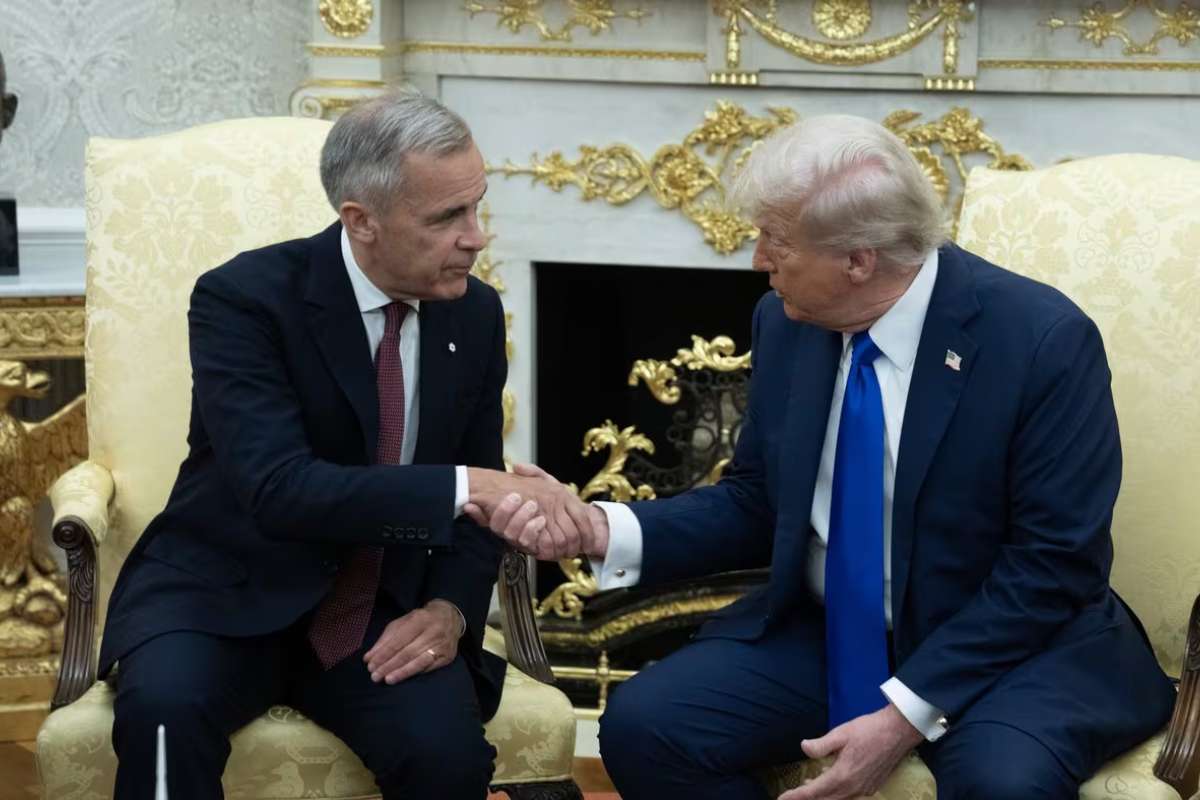A Volatile Market Leaves Producers in Limbo
The Texas oil and gas industry is grappling with increasing uncertainty, caught between fluctuating market forces and evolving federal trade and energy policies. Despite President Donald Trump’s renewed support for domestic energy production under the slogan “Drill, baby, drill,” many operators are feeling the effects of economic whiplash. Crude oil prices have fallen over 20% from the breakeven mark of $65–$70 per barrel for producers in the Permian Basin, following the administration’s aggressive tariff strategies.
Although a temporary rebound occurred after the government granted certain tariff exemptions—raising West Texas Intermediate to $62.96—subsequent decisions to pressure OPEC+ countries into increasing output caused another drop in prices. Brent Crude, the international benchmark, hovered around $65.85, while Goldman Sachs revised its oil price forecast for December 2025 downward, predicting West Texas Intermediate at $58 per barrel amid expectations of a slowing global economy.
Energy Secretary Chris Wright attempted to strike an optimistic tone, citing the shale industry’s history of innovation during downturns. “The industry continues to get smarter and more efficient,” Wright told CNBC. “Even if prices stay low, the U.S. shale sector will adapt and thrive.” But his optimism isn’t shared across the board.
Industry Voices Express Deep Concern Over Mixed Policy Signals
Some Texas operators argue that inconsistent policy signals have created more confusion than confidence. Kirk Edwards, president of Odessa-based Latigo Petroleum, expressed frustration in an open letter, stating that the Texas oil and gas industry is “caught between two extremes.” After enduring regulatory restrictions under the Biden administration, the sector had hoped for a more stable outlook following Trump’s return. However, unexpected trade measures, rising material costs, and the OPEC output push have stifled that optimism.
“Initially, there was euphoria,” Edwards wrote. “But tariffs have driven up drilling costs just as operators looked to scale.” With oil prices falling again, many companies are hesitant to expand operations, waiting for clearer market signals. The Trump administration’s actions, he said, have transformed “Drill, baby, drill” into “Wait, baby, wait.”
Edwards emphasized that this policy confusion could have long-term consequences. “The stakes are high. Losing momentum now could set back years of progress toward true energy security,” he warned.
Rising Costs and Tariffs Threaten Supply Chains and Investment
Tariffs are not only affecting oil prices but also disrupting the supply chain. Ed Longanecker, president of the Texas Independent Producers & Royalty Owners Association (TIPRO), noted that tariffs on steel and aluminum—critical materials for exploration and production—are raising operating costs and adding pressure to already strained profit margins.
“Steel accounts for 8–10% of E&P costs and tariffs will only increase that burden,” Longanecker told The Center Square. He explained that Oil Country Tubular Goods (OCTG), essential for casing and drilling, often rely on a mix of domestic and imported products, with significant volumes coming from South Korea. “Domestic mills prioritize critical items, which makes imports necessary for other components,” he said.
Additionally, Longanecker warned that infrastructure expansion, such as pipelines, would also become more expensive under current policies—further complicating the industry’s efforts to grow while reducing emissions. He called on the administration to resolve trade tensions quickly, emphasizing that a stable Texas Oil and Gas Industry is not only economically vital but also strategically important for national security.
